Connecticut
This Connecticut submarine museum boasts the Cold War’s most desperate shopping trip
Published
1 hour agoon
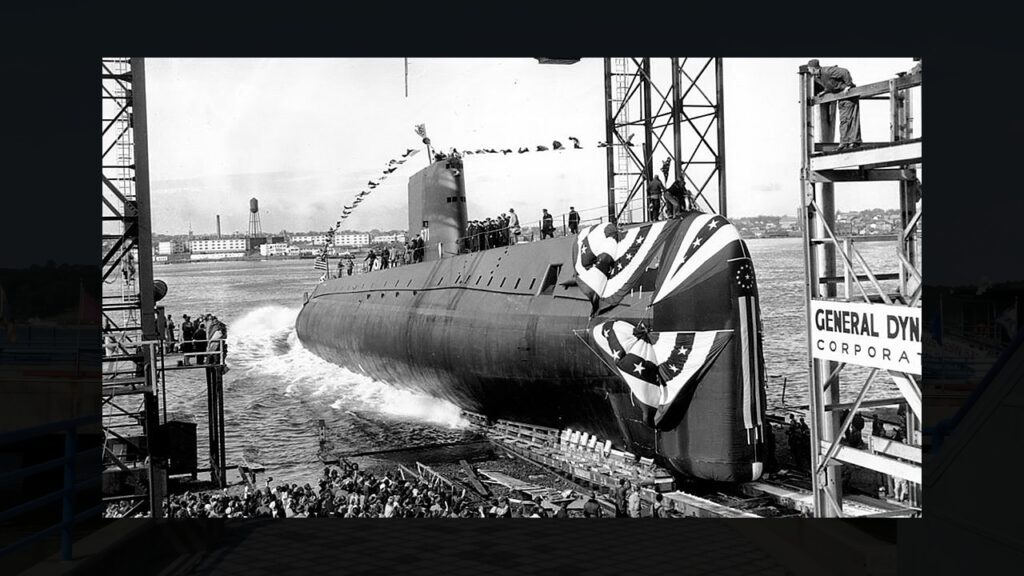
USS Nautilus’s Secret 1958 Underwater North Pole Mission
In 1958, the Cold War took a chilly turn beneath the Arctic ice.
President Eisenhower, stung by Russia’s Sputnik success, sent the USS Nautilus on a top-secret mission to the North Pole.
Before leaving Seattle, crew members snuck out to buy 140 quarts of car leak sealant for a broken condenser.
Commander William Anderson then led 116 men under ice where compasses failed and ceilings dropped to just 10 feet overhead. After 96 tense hours and 1,830 miles underwater, they made history.
The submarine that changed warfare now rests in Connecticut, where visitors can touch the actual controls that guided this daring polar voyage.
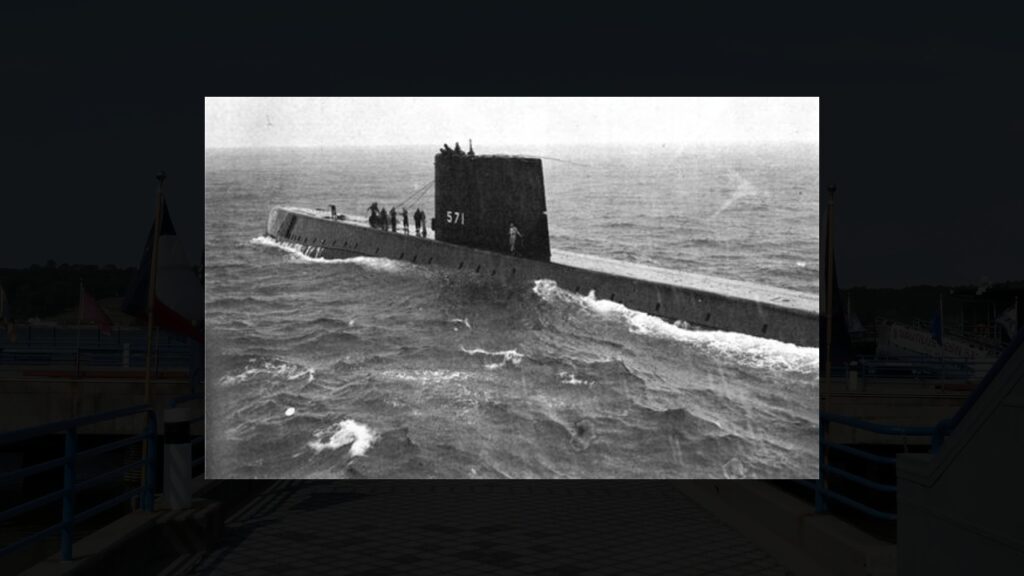
Sputnik Sparked America’s Secret Underwater Mission to the Pole
The Soviet Union shocked the world by launching Sputnik satellites in October 1957. This move proved they had missiles that could reach America, sending panic through Washington.
President Eisenhower needed to show America still led in technology during the Cold War. The USS Nautilus, America’s first nuclear submarine launched in 1954, gave him the perfect chance.
Commander William Anderson came up with a bold plan: take the submarine under the North Pole ice cap, something nobody had done before.
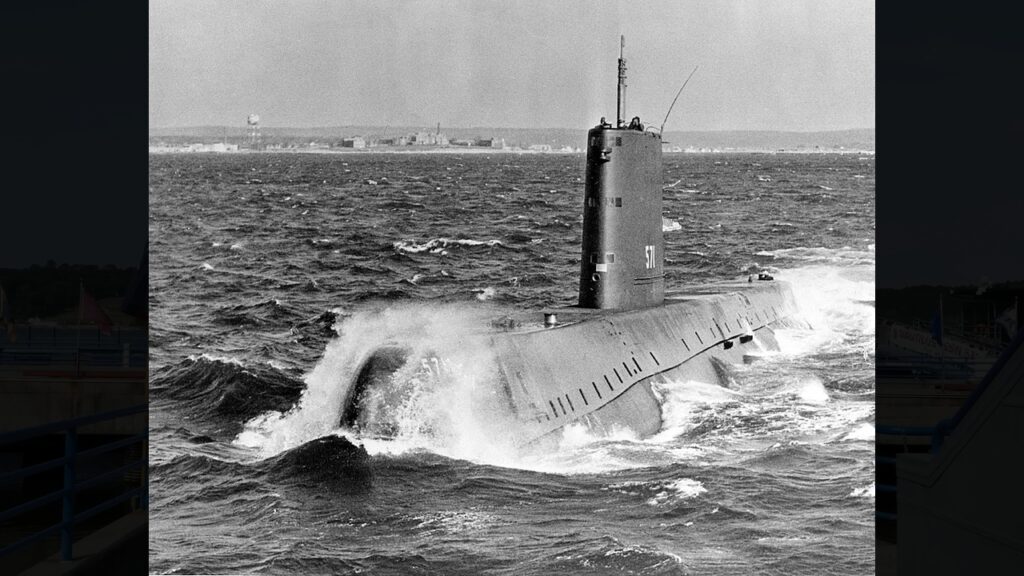
The First Try Ended With Ice Blocking the Way
In August 1957, the Nautilus left its home port of Groton for the first try to reach the North Pole underwater. The crew quickly ran into trouble.
Arctic ice went much deeper than their maps showed, sometimes reaching 60 feet below the water. In shallow Arctic waters, this left almost no room between the ice ceiling and the ocean floor.
Their navigation gear also went crazy above 85 degrees north latitude. The magnetic North Pole confused their compasses, forcing them to turn back.
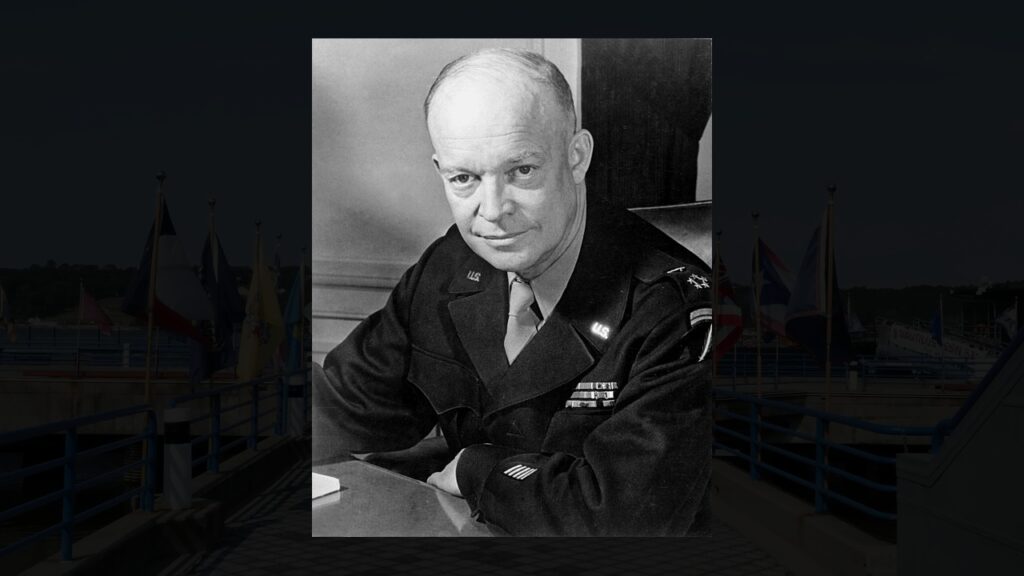
Ike Gave the Green Light for a Top-Secret Mission
President Eisenhower ordered the Navy to try again on April 25, 1958. The mission got the code name “Operation Sunshine” and top-secret status.
Commander Anderson gathered his crew and planned a new route through the Panama Canal with stops in California and Seattle.
The Navy added special navigation gear: a new Sperry Rand gyrocompass and North American Aviation N6A-1 Inertial Navigation System.
The team included Anderson, 111 officers and sailors, plus four civilian scientists led by Dr. Waldo Lyon.
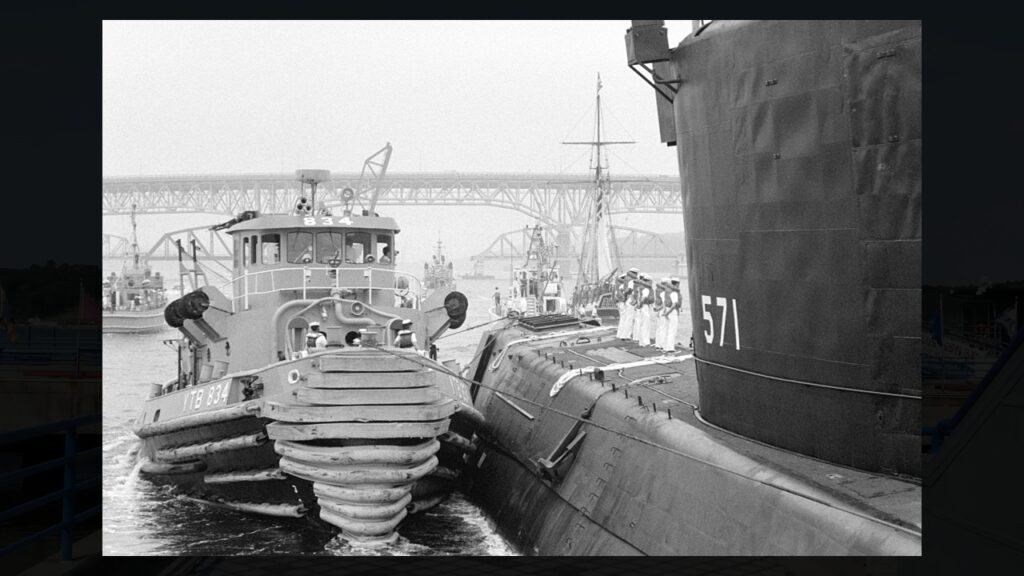
Sailors in Civilian Clothes Raided Seattle Gas Stations
The Nautilus pulled into Seattle on June 2, 1958, and the crew found a serious problem. A big leak in the seawater system for the condensers could shut down their power plant.
They couldn’t order official parts without blowing their cover, so Commander Anderson got creative. He sent crew members out in normal clothes, spread across Seattle in taxis.
The sailors bought 140 quarts of Bar’s Leaks, a common car radiator fix, from gas stations all over the city.
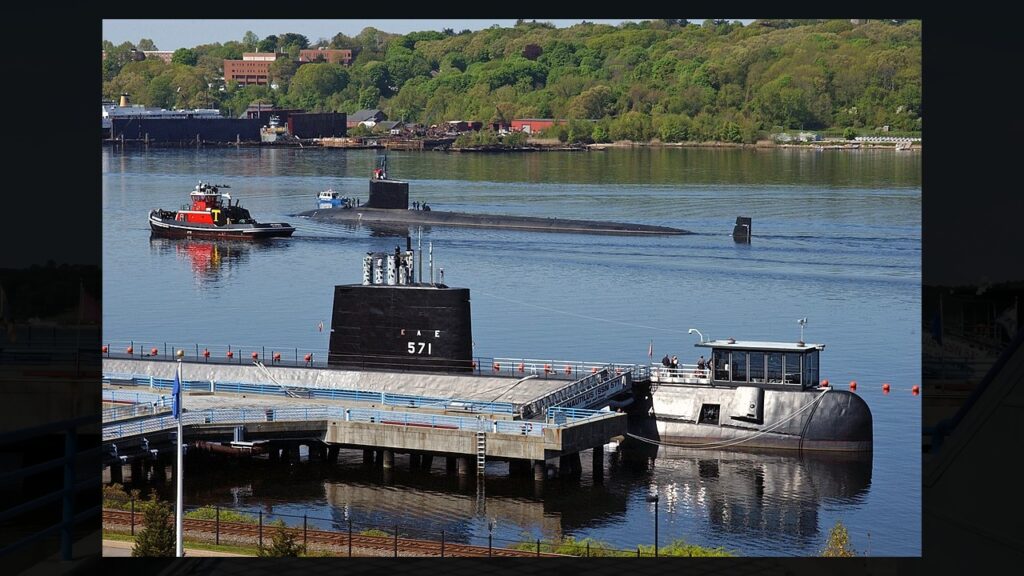
Ice Forced the Sub to Retreat and Regroup
The Nautilus slipped out of Seattle after midnight on June 9, 1958.
Crew members painted over the submarine’s numbers while still in Puget Sound to keep the mission secret. They headed north while putting out a fake story about going south for “Operation Sunshine.
” By June 19, they reached the Chukchi Sea but hit a wall of deep drift ice in shallow waters. The unknown Arctic seafloor created dangerous spots with only 8 feet of clearance.
Anderson decided to abort and go to Pearl Harbor.
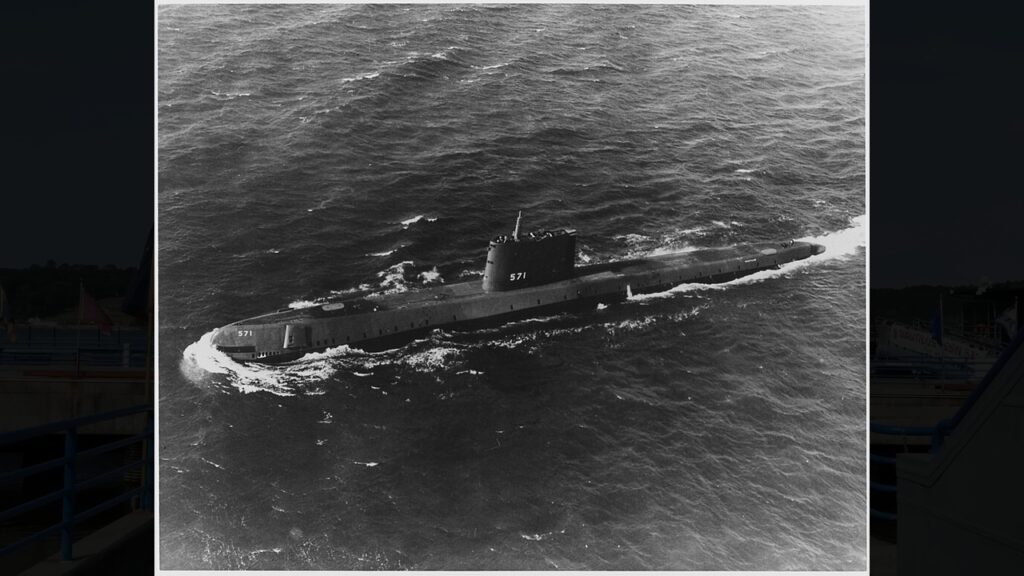
Third Time Lucky as Nautilus Dove Under the Ice Cap
The Nautilus left Pearl Harbor on July 23, 1958, for its third polar attempt. This time, they made it through the tough Bering Strait where ice went 60 feet below the surface.
On August 1, the submarine reached the Barrow Sea Valley off Point Barrow, Alaska. Commander Anderson told the crew to dive, starting their fully underwater polar trip.
The crew took their last navigation check using radar, loran, and a lunar sighting before going under the ice.
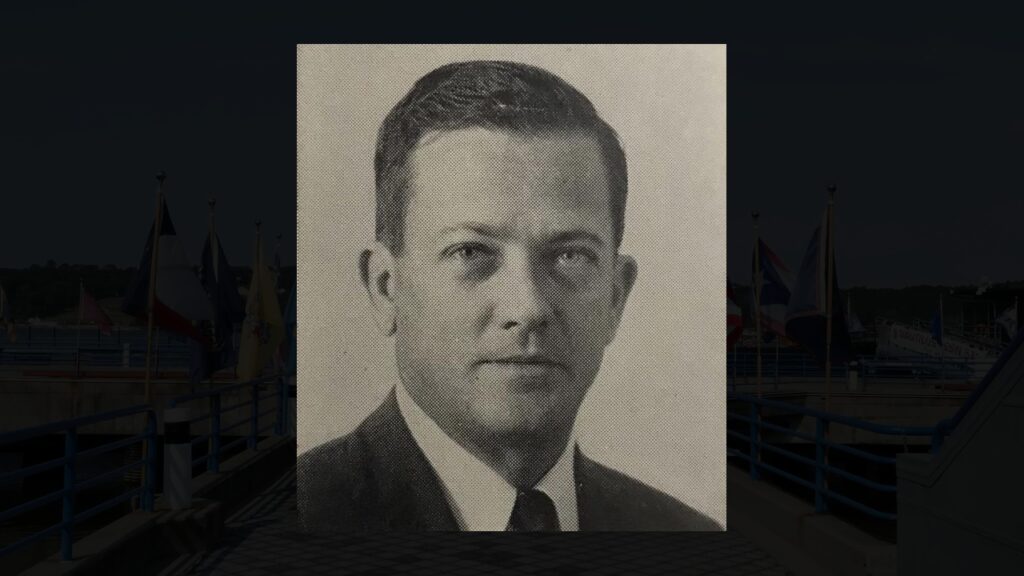
Finding Your Way When Compasses Go Crazy
Navigation under the Arctic ice cap created unique problems.
Both magnetic compasses and normal gyrocompasses went completely crazy above 85 degrees north latitude.
The special inertial navigation system became their lifeline, allowing accurate positioning without any outside reference points. The crew checked all compass readings hourly, watching for any signs of trouble.
Commander Anderson knew getting lost beneath the ice could be deadly. He made a backup plan to use torpedoes to blast a hole in the ice if needed.
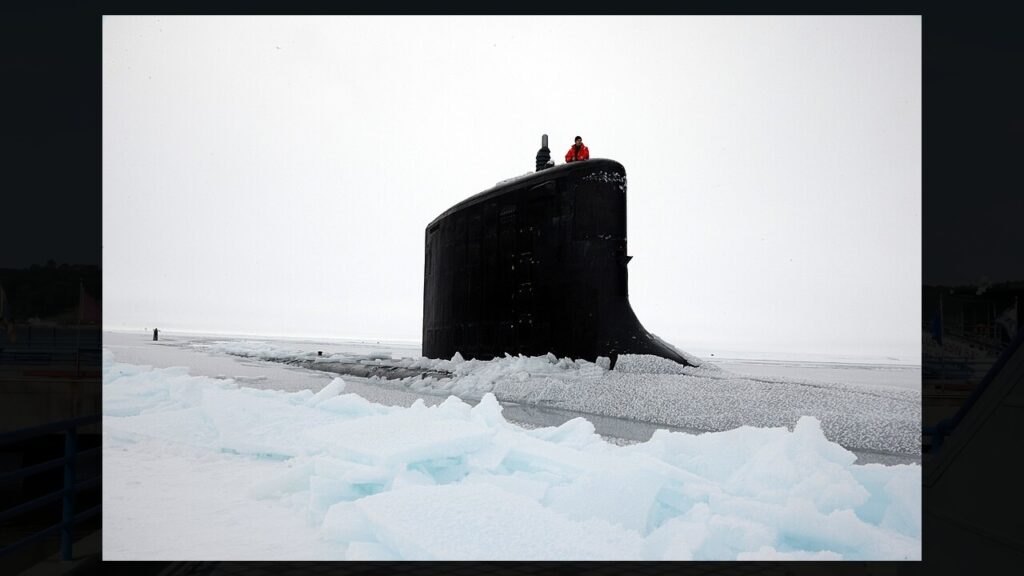
The Moment They Made History Under the Ice
At 11:15 PM Eastern Time on August 3, 1958, the USS Nautilus reached the North Pole while completely underwater. Commander Anderson calmly said over the intercom: “For the world, our country, and the Navy—the North Pole.
” The submarine became the first watercraft to reach 90 degrees north, a place only visited by explorers traveling over the ice. The crew kept going toward the Greenland Sea.
Above them, the midnight sun created a blue glow through the ice.
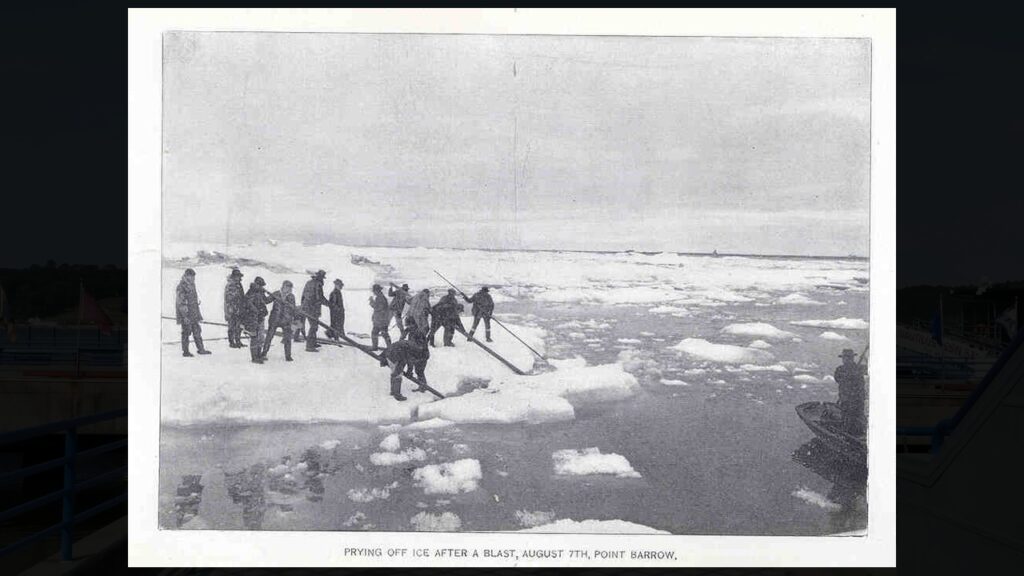
Four Days Underwater Without Seeing the Sky
The Nautilus stayed completely underwater for 96 straight hours under the Arctic ice cap. The submarine covered 1,830 miles from Point Barrow, Alaska, to the Greenland Sea without once coming up for air.
During this time, the crew lived in total silence from the outside world, unable to send or get any messages. Dr. Waldo Lyon and his team of civilian scientists gathered valuable data about the unknown Arctic Ocean. The ice changed throughout their journey, with thickness from 10 to 50 feet.
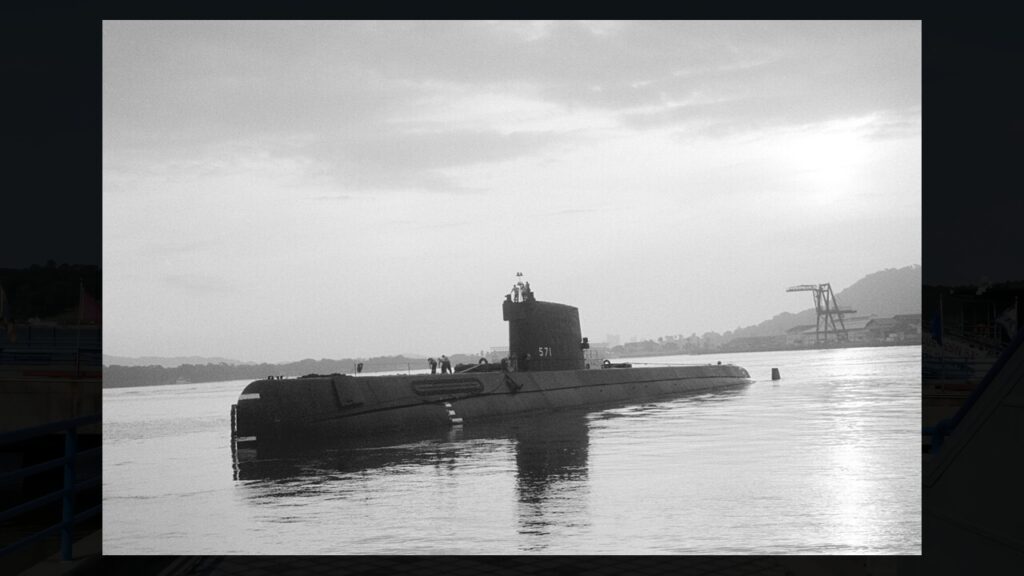
A Simple Code Told Ike “We Did It”
The Nautilus finally surfaced northeast of Greenland on August 5, 1958, after four days underwater. Commander Anderson immediately sent the coded message “Nautilus 90 North” to President Eisenhower.
The submarine then headed to an allied base in Iceland before continuing to England.
The government kept the mission success secret for several days while Anderson flew back to meet with President Eisenhower.
This historic achievement showed America could operate nuclear submarines undetected in what the Soviets considered their backyard.
The mission opened up a new 4,900-mile shorter route between the Atlantic and Pacific oceans for submarine travel.
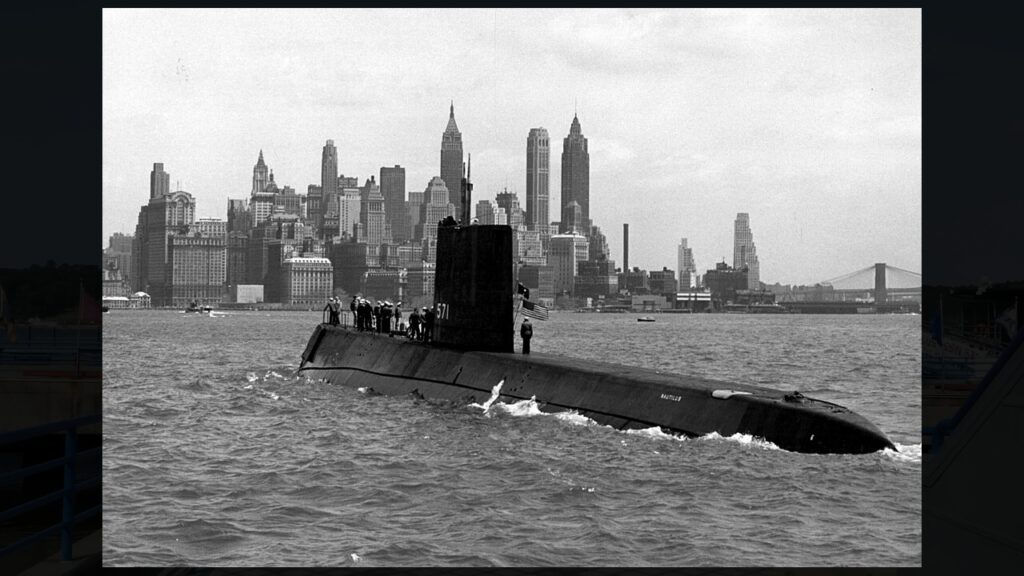
New York Threw a Parade for the Polar Heroes
The Nautilus entered New York Harbor on August 25, 1958, greeted by massive crowds and a ticker tape parade.
President Eisenhower awarded Commander Anderson the Legion of Merit for his leadership during the dangerous mission.
The entire crew received the Presidential Unit Citation, the first time this honor had ever been given during peacetime.
The Navy created a special gold “N” clasp for crew members to wear on their citation ribbons, marking their historic polar crossing.
Operation Sunshine successfully proved American technological superiority at a crucial moment in the Cold War, turning a submarine crew into national heroes overnight.
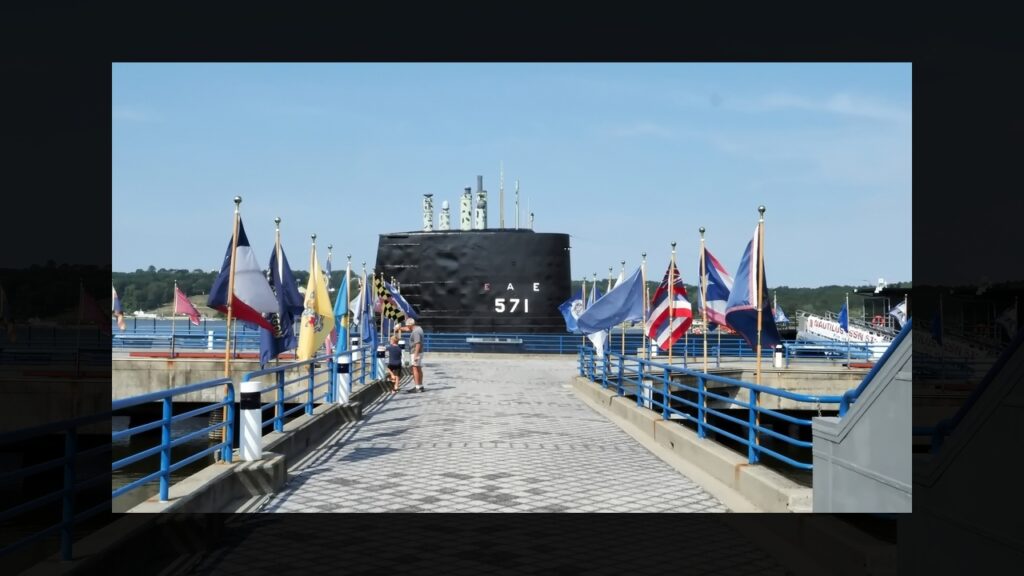
Visiting Nautilus USS, Connecticut
You can visit the USS Nautilus at 1 Crystal Lake Road in Groton for free admission to both the museum and submarine tour.
The 30-minute self-guided audio tour takes you through the torpedo room, attack center, crew quarters, wardroom, and control room where sailors planned Operation Sunshine.
They’re open Wednesday through Monday from 9am to 4pm, closed Tuesdays. Groups of 25 or more need advance reservations.
This article was created with AI assistance and human editing.
Read more from this brand:
John Ghost is a professional writer and SEO director. He graduated from Arizona State University with a BA in English (Writing, Rhetorics, and Literacies). As he prepares for graduate school to become an English professor, he writes weird fiction, plays his guitars, and enjoys spending time with his wife and daughters. He lives in the Valley of the Sun. Learn more about John on Muck Rack.

Test post 2
Test Post

15 mountain towns in America where fall feels like a painting

This Connecticut submarine museum boasts the Cold War’s most desperate shopping trip

This Colorado town was literally built to shame its sinful neighbor

12 Reasons Why You Should Never Ever Move to Florida

Best national parks for a quiet September visit

In 1907, Congress forced Roosevelt to put God back on U.S. coins. Here’s why.

The radioactive secret White Sands kept from New Mexicans for 30 years

America’s most famous railroad photo erased 12,000 Chinese workers from history
Trending Posts

 Pennsylvania4 days ago
Pennsylvania4 days agoHere Are 12 Things People from Pennsylvania Do That Seem Insane To Everyone Else

 North Carolina5 days ago
North Carolina5 days agoHere Are 12 Things People from North Carolina Do That Seem Insane To Everyone Else

 Maine6 days ago
Maine6 days agoThe ruins of a town that time forgot are resting in this Maine state park

 New York5 days ago
New York5 days agoHere Are 12 Things People from New York Do That Seem Insane To Everyone Else
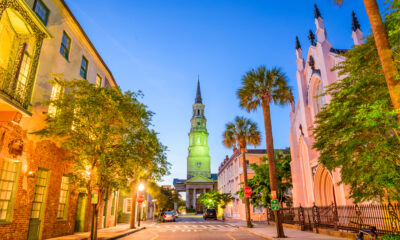
 South Carolina3 days ago
South Carolina3 days agoHere Are 12 Things People from South Carolina Do That Seem Insane To Everyone Else

 Ohio5 days ago
Ohio5 days agoHere Are 12 Things People from Ohio Do That Seem Insane To Everyone Else

 Georgia6 days ago
Georgia6 days agoThis plantation’s slave quarters tell Georgia’s slowest freedom story

 New Hampshire6 days ago
New Hampshire6 days agoHere Are 12 Things People from New Hampshire Do That Seem Insane To Everyone Else
